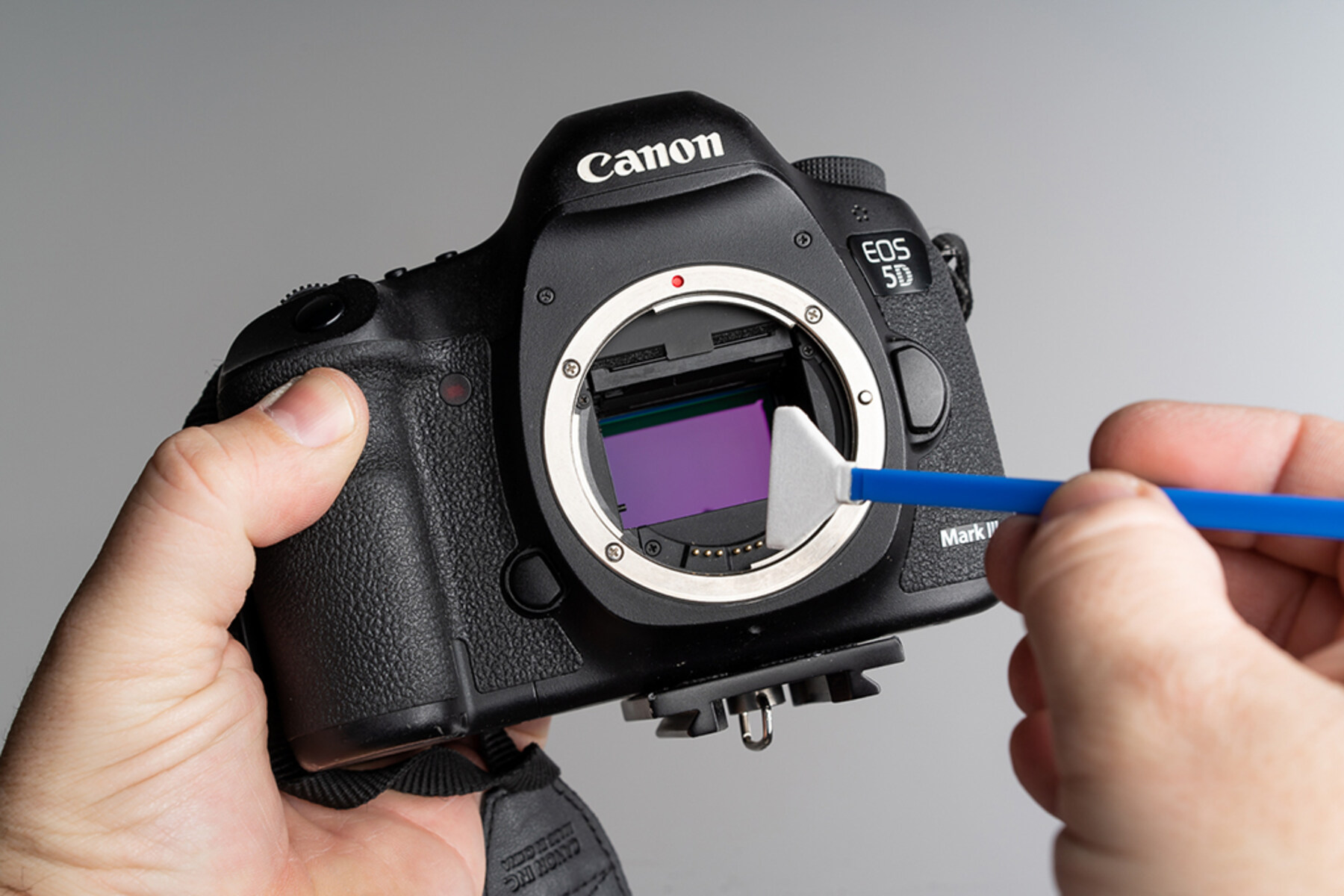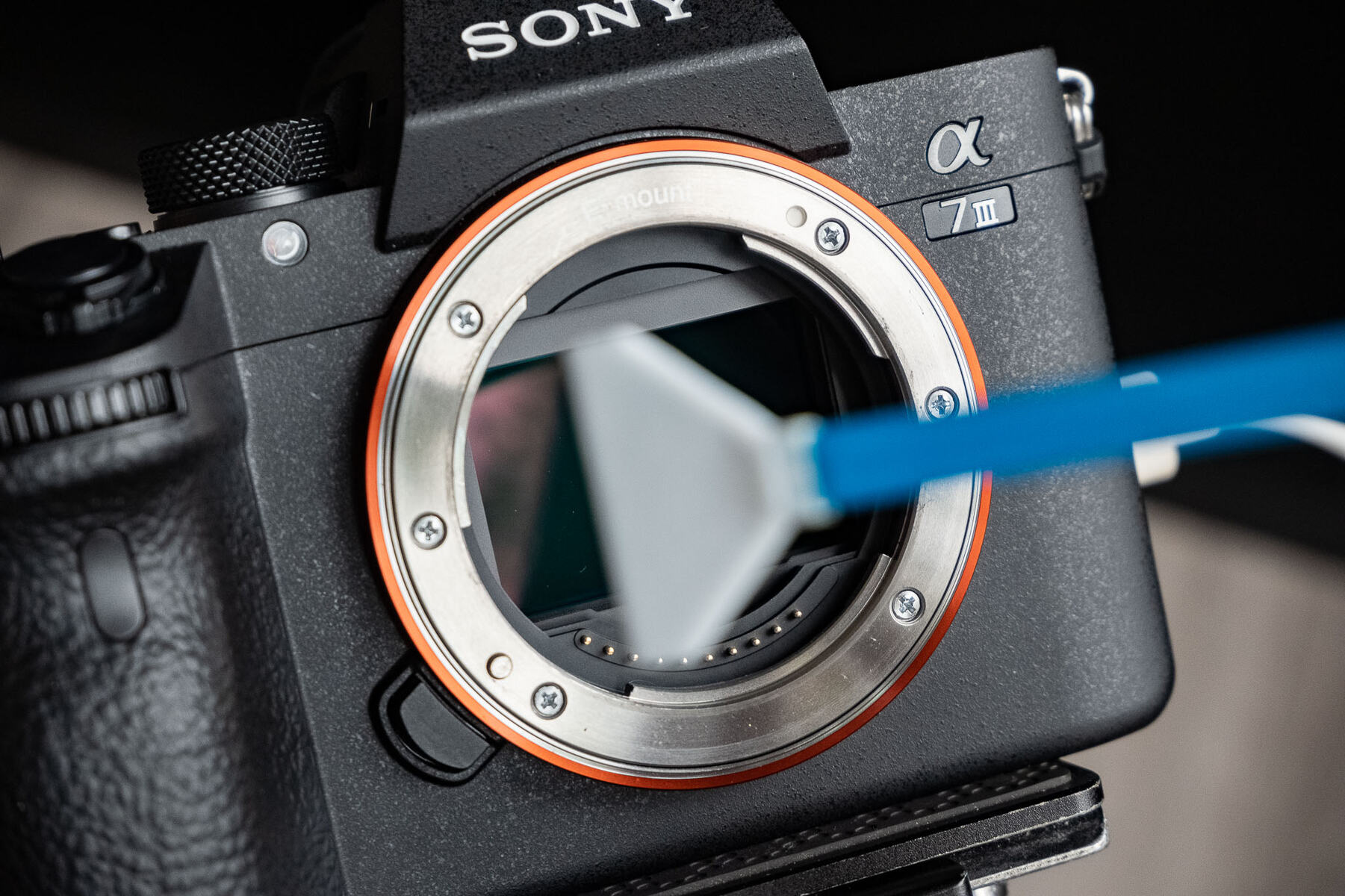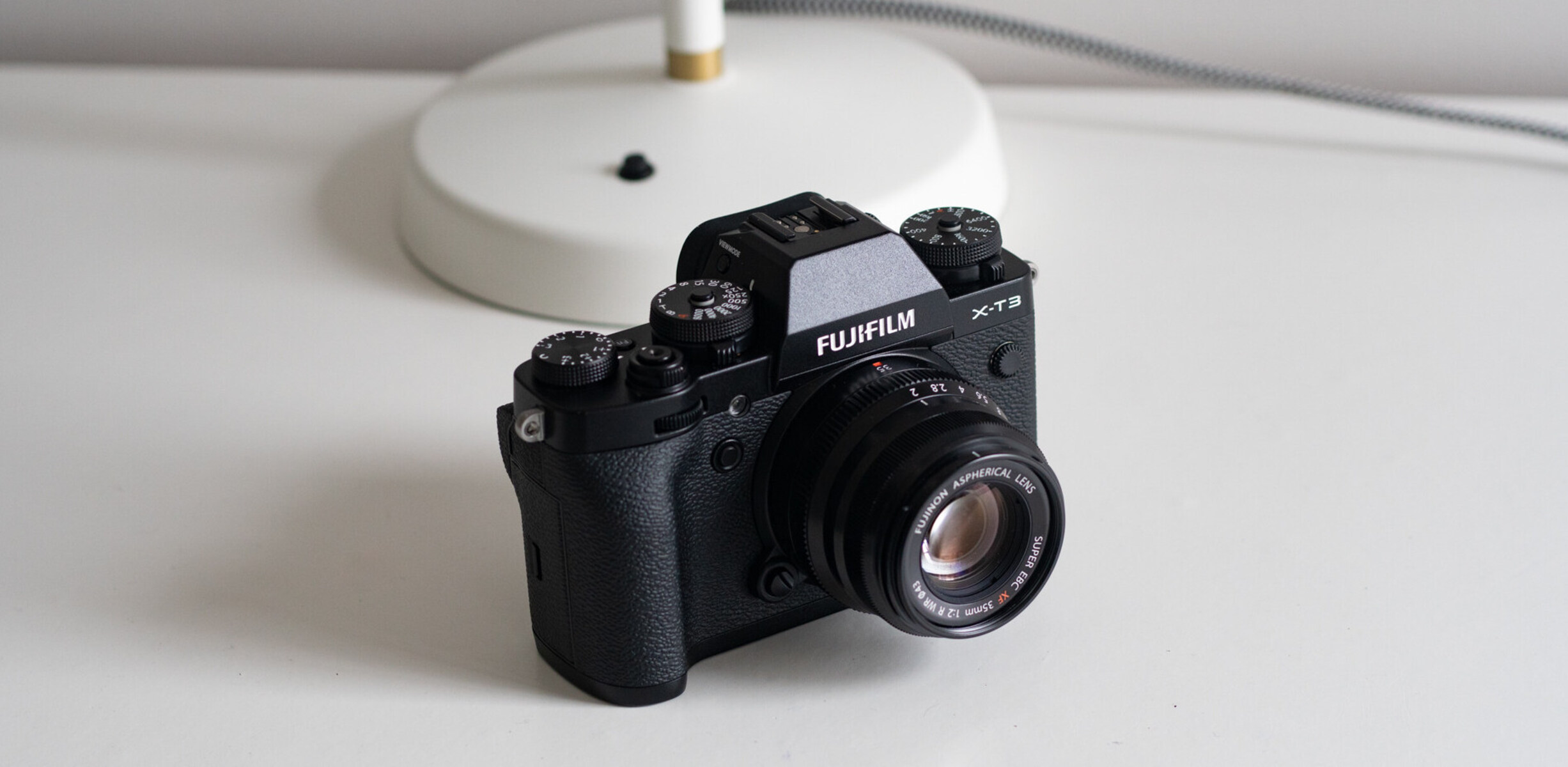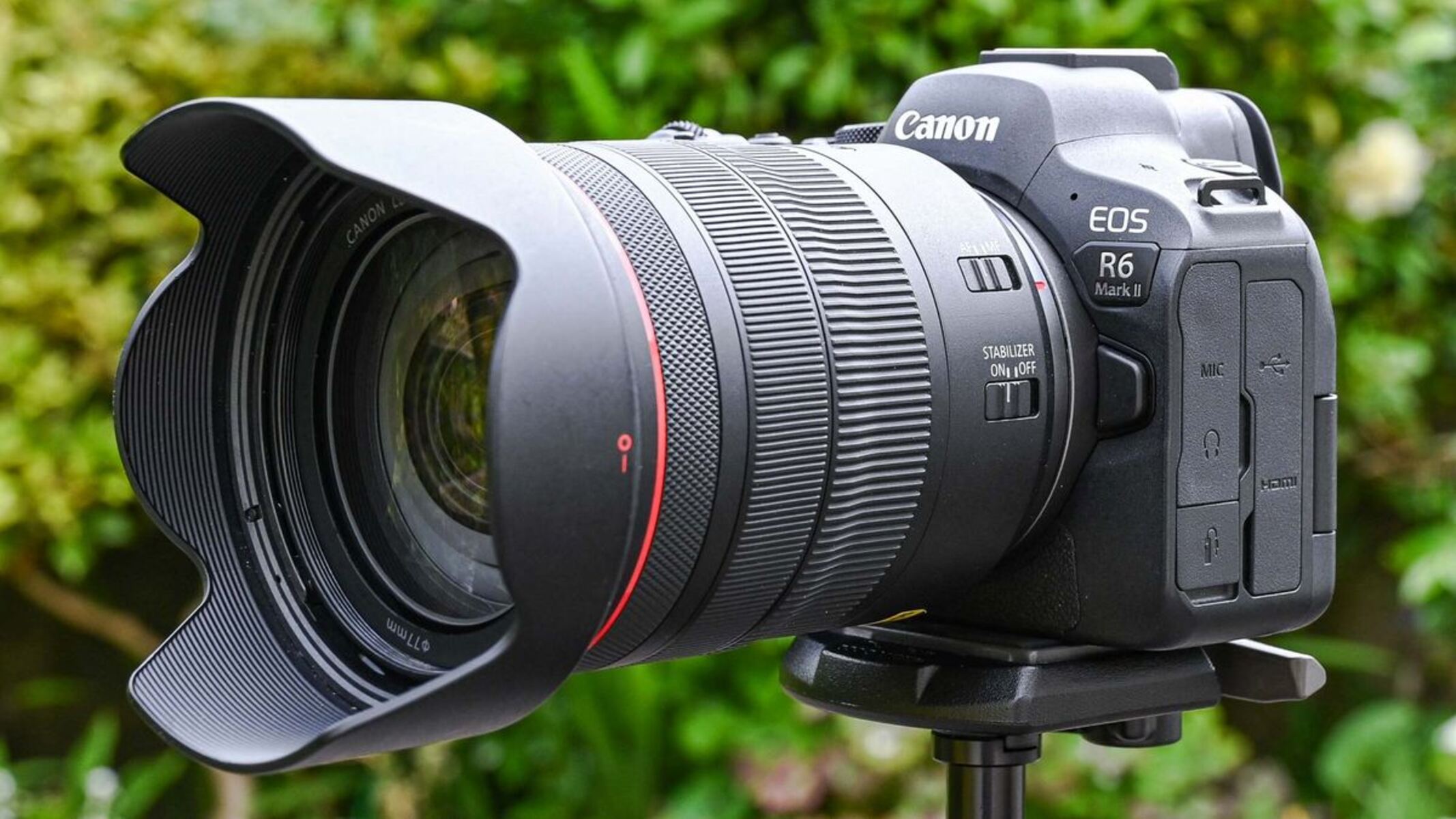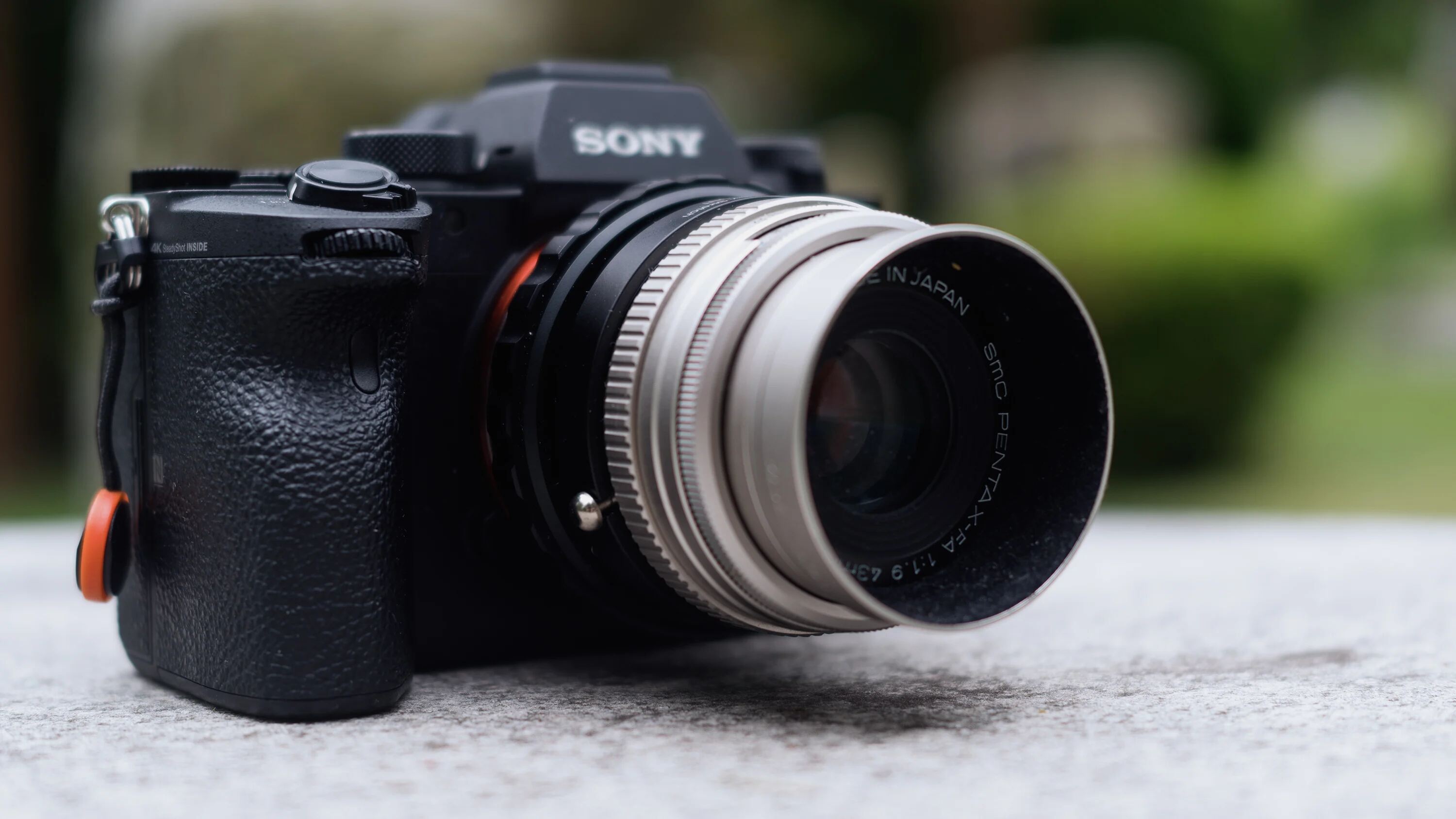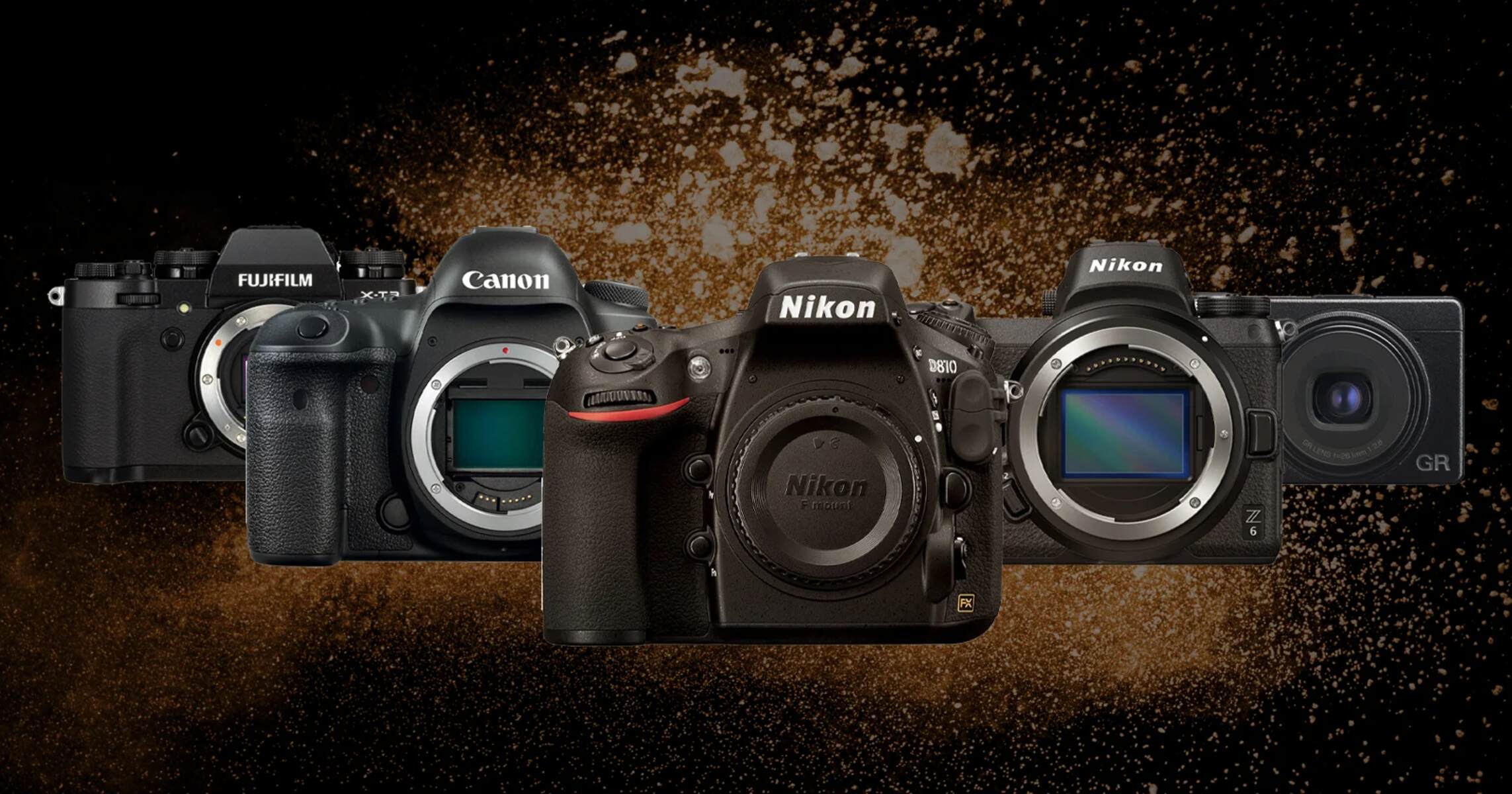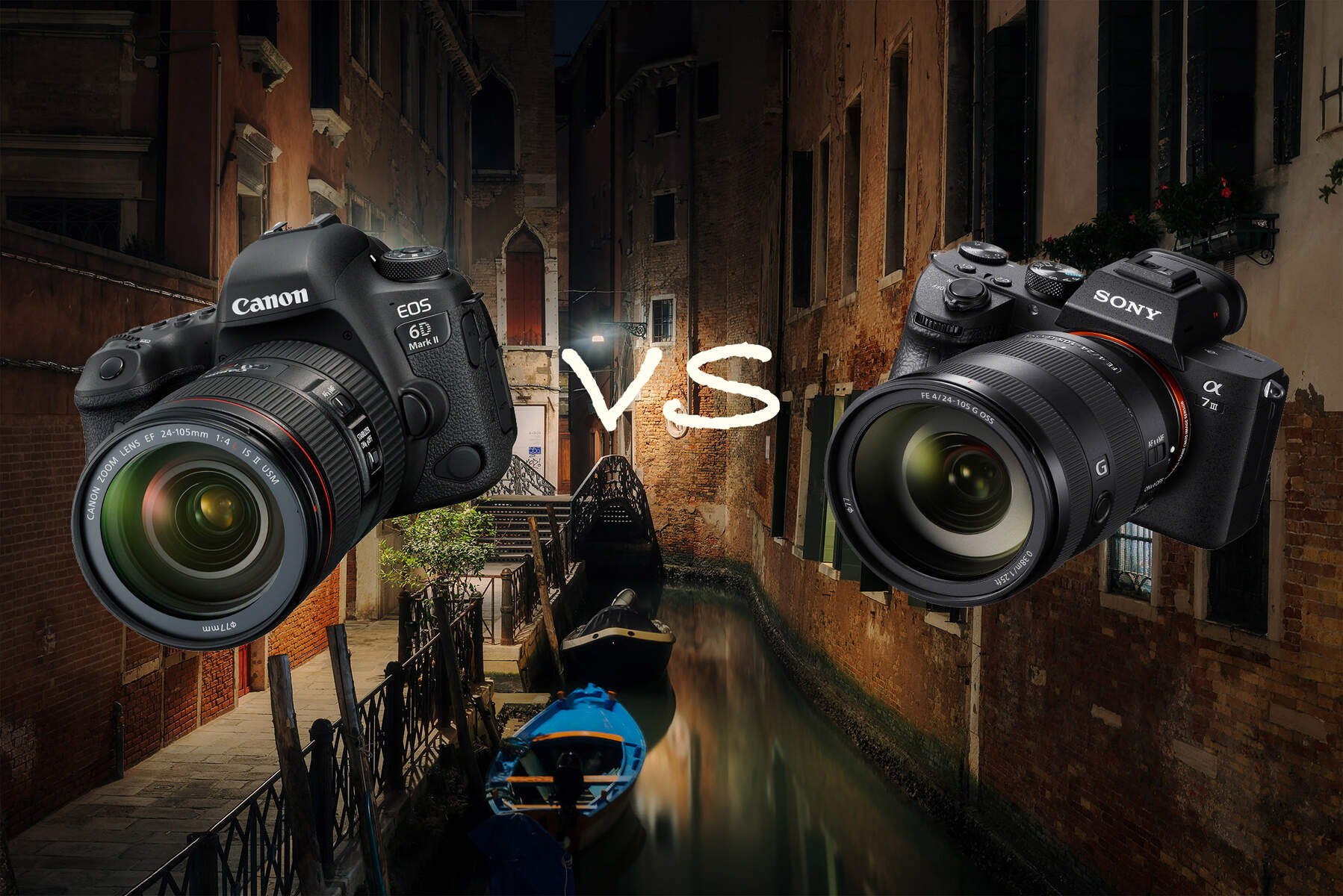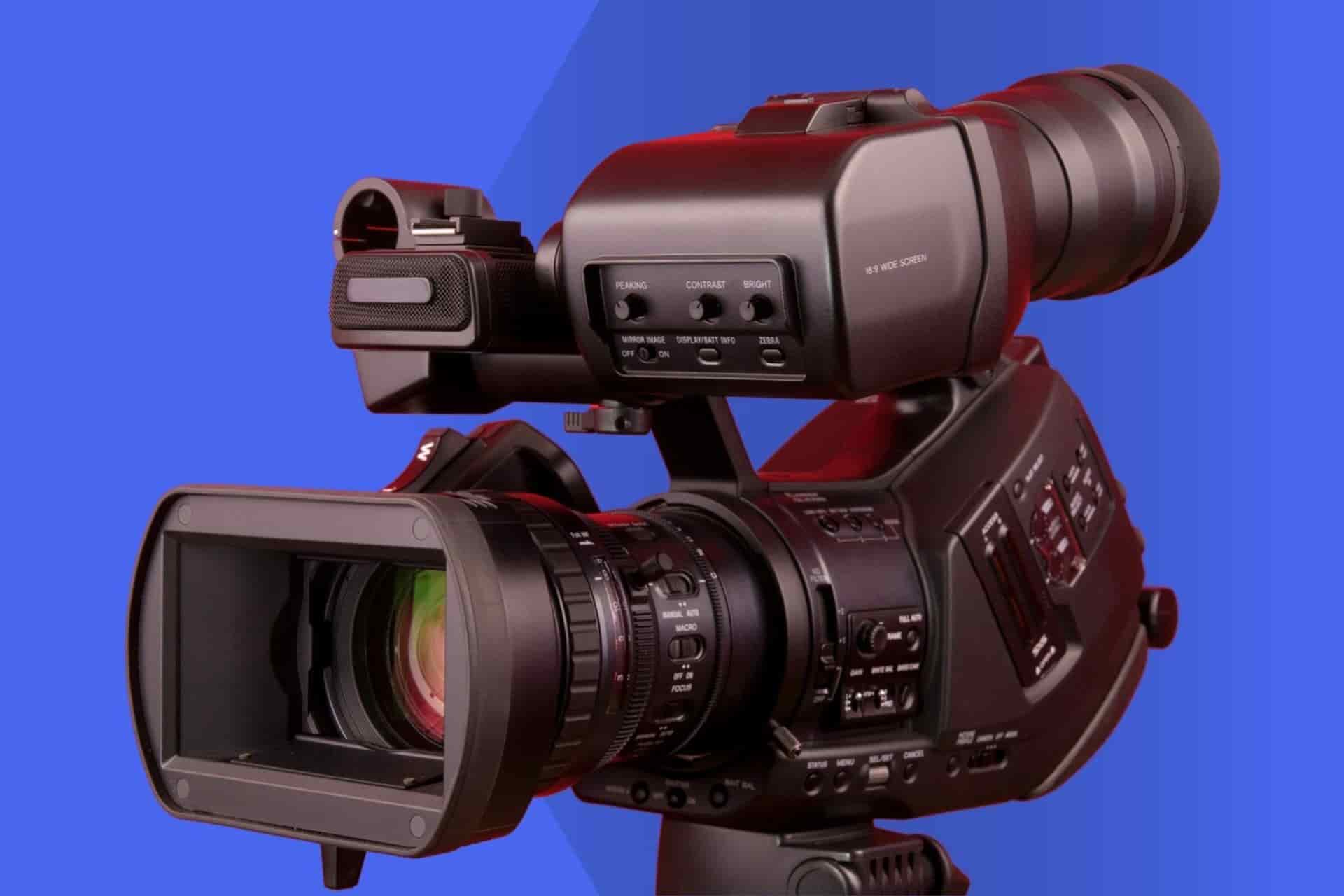Introduction
Welcome to the world of mirrorless cameras, where compact design meets professional-quality photography. As a mirrorless camera owner, you understand the importance of maintaining your equipment to ensure optimal performance. One crucial aspect of camera maintenance is sensor cleaning. A clean sensor is essential for capturing stunning, blemish-free images, making it a fundamental skill for any photographer.
In this comprehensive guide, we will walk you through the process of cleaning the sensor of your mirrorless camera. Whether you are a seasoned professional or a passionate hobbyist, understanding the intricacies of sensor cleaning will empower you to take control of your photography equipment's maintenance.
The sensor is the heart of your mirrorless camera, playing a pivotal role in capturing the light that forms your images. Over time, dust, dirt, and other particles can accumulate on the sensor, leading to unsightly spots and blemishes in your photographs. By learning how to properly clean the sensor, you can prolong the lifespan of your camera and ensure that it continues to deliver exceptional results.
This guide is designed to provide you with a step-by-step approach to sensor cleaning, equipping you with the knowledge and confidence to maintain your camera's sensor in top condition. From understanding the sensor's structure to preparing for the cleaning process and conducting the cleaning procedure itself, we will cover each aspect in detail. Additionally, we will discuss how to test the sensor after cleaning to verify its cleanliness and functionality.
By the end of this guide, you will have the expertise to keep your mirrorless camera sensor free from debris, allowing you to unleash your creativity without the distraction of sensor-related imperfections. Let's embark on this sensor-cleaning journey and elevate your photography experience to new heights.
Understanding the Sensor
Before delving into the intricacies of sensor cleaning, it is essential to gain a comprehensive understanding of the sensor itself. In a mirrorless camera, the sensor serves as the digital equivalent of traditional film, capturing the light that enters the camera and converting it into the digital image. The sensor consists of millions of individual photosites, commonly referred to as pixels, which work collectively to produce the final image.
The sensor’s surface is susceptible to accumulating dust, dirt, and other particles, which can lead to visible imperfections in your photographs. These imperfections often manifest as dark spots or smudges, detracting from the overall quality of the image. Understanding the sensor’s structure and function is crucial in realizing the significance of keeping it clean.
Most mirrorless cameras feature a CMOS (Complementary Metal-Oxide-Semiconductor) sensor, renowned for its high sensitivity and low noise characteristics. The sensor’s delicate nature necessitates careful handling during the cleaning process to avoid damage. Additionally, the sensor’s size and location within the camera body influence the approach to cleaning, as accessibility and visibility are key factors to consider.
As you embark on the journey of sensor cleaning, familiarize yourself with the sensor’s layout, identifying the active area where image capture occurs. This knowledge will guide you in targeting the specific regions requiring cleaning and ensuring a thorough and effective process. Furthermore, understanding the sensor’s vulnerability to debris accumulation underscores the importance of incorporating sensor cleaning into your regular camera maintenance routine.
By comprehending the sensor’s role as the primary component responsible for image capture and recognizing its susceptibility to contamination, you are better equipped to appreciate the significance of maintaining a clean sensor. As we proceed, we will delve into the preparatory steps and the meticulous process of sensor cleaning, empowering you to preserve the integrity of your mirrorless camera’s sensor and elevate the quality of your photographic endeavors.
Preparing for Cleaning
Before embarking on the sensor cleaning process, it is crucial to prepare meticulously to ensure a safe and effective procedure. Gathering the necessary tools and creating an optimal workspace will set the stage for a successful sensor cleaning experience. Here are the essential steps to prepare for sensor cleaning:
- Evaluate the Need for Cleaning: Begin by inspecting your camera’s sensor for any visible dust spots or blemishes. Engage the camera’s sensor cleaning mode, if available, to observe the extent of contamination. This assessment will determine the necessity and scope of the cleaning process.
- Select the Right Environment: Choose a clean and well-lit workspace with minimal air circulation to minimize the risk of airborne particles settling on the sensor during cleaning. A controlled environment will enhance the precision and safety of the procedure.
- Gather Cleaning Supplies: Acquire a sensor cleaning kit specifically designed for mirrorless cameras, comprising tools such as sensor swabs, cleaning solution, and a blower. Ensure that the cleaning tools are compatible with the size and specifications of your camera’s sensor.
- Charge the Camera Battery: Ensure that your camera’s battery is fully charged or connect the camera to a reliable power source. A sufficient power supply is essential to engage the sensor cleaning mode and prevent any interruptions during the cleaning process.
- Remove the Lens: Safely detach the lens from the camera body, exposing the sensor for inspection and cleaning. Handle the lens and camera body with care to prevent introducing additional debris during the disassembly process.
- Engage the Mirror Lock-Up: If your mirrorless camera features a mirror lock-up function, activate it to elevate the sensor, facilitating better access for cleaning. This feature minimizes the obstruction posed by the mirror, streamlining the cleaning process.
By meticulously preparing for sensor cleaning, you establish a conducive environment and assemble the necessary tools to execute the procedure with precision and care. The preparatory phase sets the foundation for a successful sensor cleaning experience, ensuring that your mirrorless camera’s sensor receives the attention it deserves.
Cleaning the Sensor
Engaging in the sensor cleaning process requires a meticulous approach and steady hands to effectively remove debris without causing damage. Follow these steps to ensure a thorough and safe sensor cleaning experience:
- Use a Blower: Prior to direct contact cleaning, employ a specialized blower to gently dislodge loose particles from the sensor surface. Direct the airflow across the sensor, exercising caution to avoid introducing additional debris. The blower serves as an initial step to minimize the need for extensive physical contact during cleaning.
- Apply Cleaning Solution: Dampen a sensor swab with the recommended cleaning solution, ensuring that it is specifically formulated for sensor cleaning. Exercise restraint in applying the cleaning solution, as excessive moisture can pose risks to the sensor. The swab should be moist enough to effectively lift and capture the debris without leaving residue.
- Swipe Methodically: With a steady hand, gently swipe the moistened sensor swab across the sensor surface in a single, unidirectional motion. Avoid applying excessive pressure, allowing the swab’s gentle contact to lift and absorb the contaminants effectively. Use a new swab for each swipe to prevent redistributing debris across the sensor.
- Inspect for Residue: After swabbing, visually inspect the sensor for any residual particles or streaks. If necessary, repeat the swabbing process with a fresh swab to ensure a thorough cleaning. A well-lit environment and a sensor loupe can aid in identifying any remaining imperfections on the sensor surface.
- Reassemble the Camera: Once satisfied with the sensor’s cleanliness, carefully reattach the lens to the camera body, ensuring a secure and dust-free connection. Exercise caution to prevent introducing debris during reassembly, maintaining the integrity of the sensor cleaning process.
By methodically executing the sensor cleaning process, you can effectively eliminate debris and blemishes, restoring the sensor to its optimal condition. Adhering to best practices and exercising precision during cleaning will contribute to the longevity and performance of your mirrorless camera’s sensor, empowering you to capture pristine images with confidence.
Testing the Sensor
After completing the sensor cleaning process, it is imperative to conduct thorough testing to verify the sensor’s cleanliness and functionality. Testing the sensor serves as a crucial quality assurance step, ensuring that the cleaning procedure has effectively removed any debris and restored the sensor to its optimal state. Follow these steps to comprehensively test the sensor:
- Capture Test Images: Take a series of test images at varying apertures, focusing distances, and lighting conditions to assess the sensor’s performance. Utilize a neutral background such as a clear sky or a white surface to accentuate any remaining imperfections on the sensor.
- Review Test Images: Transfer the test images to a computer and meticulously review them at 100% magnification. Scrutinize the images for any signs of residual spots, streaks, or abnormalities that may indicate lingering debris on the sensor.
- Conduct Pixel Peeping: Utilize image editing software to zoom in on specific areas of the test images, conducting a pixel-level examination for any minute imperfections. This meticulous scrutiny will reveal any subtle blemishes that may have eluded initial inspection.
- Assess Uniformity: Pay attention to the uniformity of the sensor’s performance across the entire image frame. Evaluate whether any imperfections are localized to specific regions of the sensor or if they manifest consistently across the entire image, indicating widespread contamination.
- Repeat Cleaning if Necessary: If the test images reveal persistent debris or imperfections on the sensor, consider repeating the cleaning process using fresh cleaning tools. Address any areas of concern with targeted cleaning techniques to achieve the desired level of sensor cleanliness.
By rigorously testing the sensor after cleaning, you can confidently ascertain the efficacy of the cleaning process and address any residual imperfections. This meticulous approach ensures that your mirrorless camera’s sensor is free from debris, empowering you to capture flawless images and unleash your creative vision without the distraction of sensor-related anomalies.







